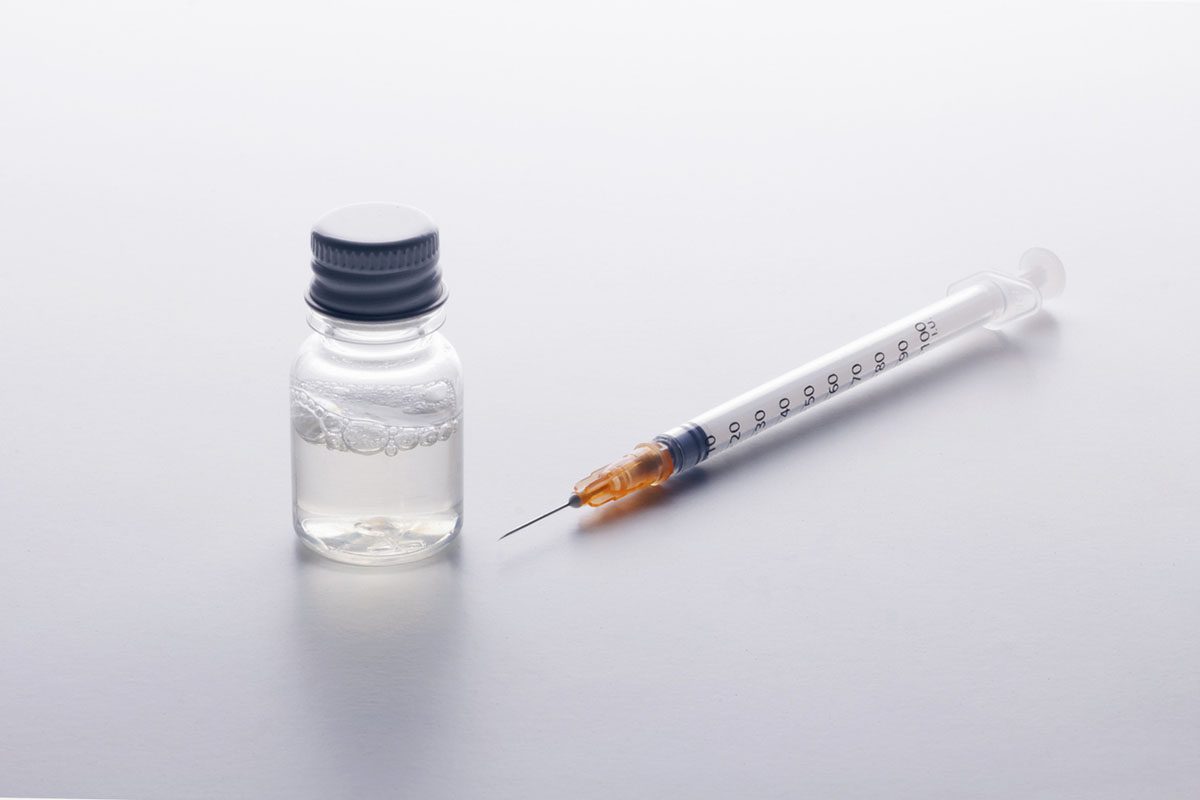Prim Care Companion CNS Disord 2023;25(1):22l03336
To cite: Modesto-Lowe V, Jain L. Buprenorphine maintenance in the fentanyl era: challenges and opportunities. Prim Care Companion CNS Disord. 2023;25(1):22l03336.
To share: https://doi.org/10.4088/PCC.22l03336
© 2023 Physicians Postgraduate Press, Inc.
aUniversity of Connecticut School of Medicine, Farmington, Connecticut
bConnecticut Valley Hospital, Middletown, Connecticut
*Corresponding author: Lakshit Jain, MD, Connecticut Valley Hospital, PO box 351, Silver St, Middletown, CT 06457 ([email protected]).
To the Editor: Illicit fentanyl, which first appeared on the streets as an adulterant, has become popular on its own and is now the major driver of overdose-related mortality.1 In the United States, annual fentanyl-related overdose deaths increased from 1,615 deaths in 2012 to 48,000 in 2020.1 A recent case report indicates that buprenorphine, a partial μ-receptor (MOR) agonist, can effectively treat fentanyl-related opioid use disorder (OUD).2 However, physician prescribing of buprenorphine treatment remains suboptimal.3 In particular, doctors may question the efficacy of buprenorphine maintenance for fentanyl users.1 Relative to fentanyl, buprenorphine has low intrinsic activity at the (MOR), and this lower level of opioid agonism may not curb fentanyl cravings. Prescribers may also worry about diversion of buprenorphine into the black market and getting “in trouble” with US Drug Enforcement Administration regulations.4
Just like doctors, fentanyl users have low confidence in the effectiveness of buprenorphine as a treatment option.5 Buprenorphine has high affinity for the MOR and can easily displace full opioid agonists from the MOR and precipitate opioid withdrawal.1 To avoid precipitated withdrawal, heroin users know to take their first buprenorphine dose after the onset of opioid withdrawal (12 to 24 hours after the last heroin use).5 However, fentanyl users may experience buprenorphine-precipitated withdrawal even after sustained fentanyl abstinence.5 Pharmacologically, this is due to fentanyl’s high lipophilicity, causing rapid entry into adipocytes from where it is released slowly and leading to protracted excretion.1 There is no easy way to know when fentanyl is out of the MOR. In this context, buprenorphine induction often precipitates withdrawal and may influence patients’ perceptions of buprenorphine’s efficacy.5 Indeed, there are data showing that relative to heroin users, fentanyl users with OUD have lower rates of abstinence and retention after 6 months of buprenorphine treatment.1
Efforts to improve buprenorphine induction in fentanyl users include the use of a microdosing strategy.6 Microdosing refers to starting small doses of buprenorphine to promote a slow buildup at the MOR receptor. This method allows for concurrent fentanyl use without precipitating withdrawal until the dose of buprenorphine is therapeutic.6 While microdosing may offer some promise in transitioning individuals using illicit fentanyl to buprenorphine, other methods to foster patient adherence5 and physician acceptability3 of buprenorphine maintenance are needed to incorporate this treatment into primary care for fentanyl users with OUD.
Relevant financial relationships: None.
Funding/support: None.
Published online: February 14, 2023.
References (6)

- Volkow ND. The epidemic of fentanyl misuse and overdoses: challenges and strategies. World Psychiatry. 2021;20(2):195–196. PubMed CrossRef
- Jegede O, Parida S, De Aquino JP. Buprenorphine treatment of fentanyl-related opioid use disorder. Prim Care Companion CNS Disord. 2022;24(3):21cr03163. PubMed CrossRef
- Wakeman SE, Chang Y, Regan S, et al. Impact of fentanyl use on buprenorphine treatment retention and opioid abstinence. J Addict Med. 2019;13(4):253–257. PubMed CrossRef
- Godersky ME, Saxon AJ, Merrill JO, et al. Provider and patient perspectives on barriers to buprenorphine adherence and the acceptability of video directly observed therapy to enhance adherence. Addict Sci Clin Pract. 2019;14(1):11. PubMed CrossRef
- Silverstein SM, Daniulaityte R, Martins SS, et al. “Everything is not right anymore”: buprenorphine experiences in an era of illicit fentanyl. Int J Drug Policy. 2019;74:76–83. PubMed CrossRef
- Ahmed S, Bhivandkar S, Lonergan BB, et al. Microinduction of buprenorphine/naloxone: a review of the literature. Am J Addict. 2021;30(4):305–315. PubMed CrossRef
Please sign in or purchase this PDF for $40.




